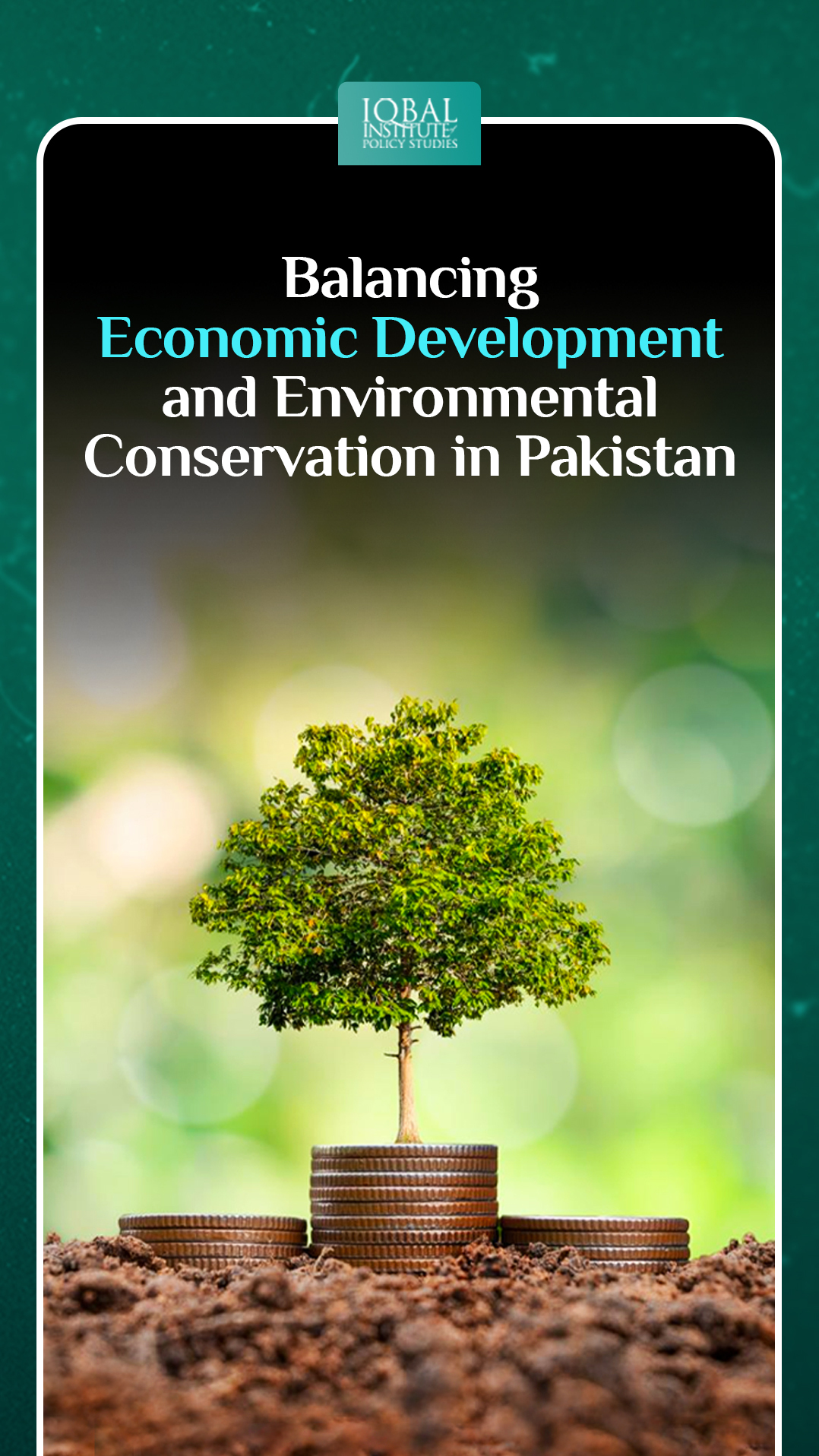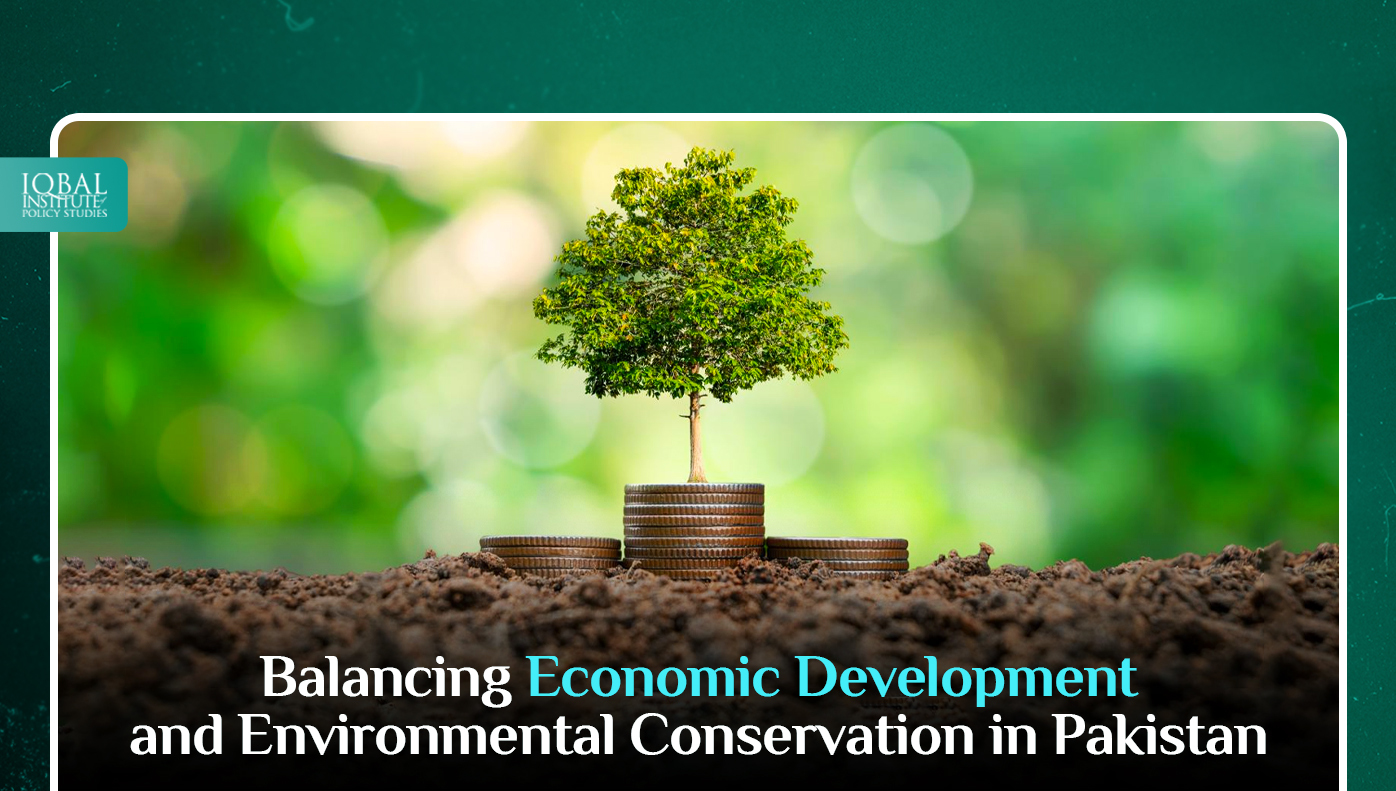Pakistan, a country with a rich cultural heritage and a rapidly growing population, faces a significant challenge in striking a balance between economic development and environmental conservation within the realm of urban planning. As cities expand and industries thrive, the delicate equilibrium between progress and preservation becomes increasingly vital. In this blog, we will delve into the intricacies of this predicament, analyzing the various aspects, challenges, and strategies associated with achieving sustainable urban development in Pakistan.
The Urban Boom in Pakistan
The urban boom in Pakistan represents a pivotal juncture in the nation’s history, characterized by the rapid and relentless expansion of urban centers. This demographic shift is not merely a numerical statistic but a profound transformation in the way of life for millions of Pakistanis. By 2030, more than half of the country’s population is expected to reside in urban areas, signifying the irreversible shift from rural to urban living. This migration is driven by various factors, including the allure of better economic opportunities, improved access to education and healthcare, and the promise of a higher standard of living. However, this urbanization also carries significant challenges, as it places immense pressure on resources and infrastructure. It necessitates a strategic and sustainable approach to urban planning, one that can harmonize the benefits of economic development with the imperative of environmental preservation, ensuring that cities serve as engines of progress without compromising the ecological integrity of the nation.
Challenges and Pressures
Environmental Degradation
As cities expand, the environment often bears the brunt of this growth. Deforestation, air and water pollution, and soil erosion become pressing concerns.
Resource Scarcity
Rapid urbanization places immense pressure on resources like water, energy, and land, leading to issues of scarcity and inequity.
Climate Change
Pakistan is vulnerable to climate change, experiencing erratic weather patterns and natural disasters. Unsustainable urban planning can exacerbate these issues.
Loss of Biodiversity
As urban areas expand, natural habitats are destroyed, leading to a loss of biodiversity and ecological imbalance.
The Economic Imperative
Balancing economic development with environmental conservation is not just a matter of altruism; it is an economic imperative. A sustainable environment is fundamental to long-term economic growth. Let’s examine how both aspects can coexist:
Green Technologies
Encouraging industries to adopt green technologies not only reduces their environmental footprint but also fosters innovation and economic growth.
Tourism Potential
Preserving natural beauty, cultural heritage, and historical sites can boost tourism, creating jobs and revenue.
Resource Efficiency
Efficient resource management can cut costs for businesses and households, leading to economic savings.
Strategies for Balancing Economic Development and Environmental Conservation
Integrated Planning
Urban planners must consider environmental conservation as an integral part of the development process. This means incorporating green spaces, sustainable transportation, and energy-efficient buildings into the urban fabric.
Public Transport
Invest in reliable and sustainable public transportation systems, reducing the reliance on private vehicles, which contribute significantly to pollution.
Smart Growth
Encourage compact, mixed-use developments to reduce urban sprawl, which, in turn, conserves land and resources.
Preserving Natural Areas
Protect and restore natural areas within cities, allowing urban dwellers to have access to green spaces and wildlife.
Regulations and Incentives
Enforce strict environmental regulations while providing incentives for industries and individuals to adopt eco-friendly practices.
Case Studies
Lahore – The Sustainable City
Lahore, Pakistan’s second-largest city, has been making strides in sustainable urban planning. The city has implemented BRT (Bus Rapid Transit) systems, invested in parks and greenbelts, and launched initiatives to clean up its waterways. These measures enhance the city’s livability and attract investment.
Lahore’s BRT system has not only improved public transportation but also reduced traffic congestion and air pollution. The city’s greenbelts and parks, such as Jilani Park and Shalimar Gardens, not only provide recreational spaces but also act as urban lungs, purifying the air. Lahore’s efforts have demonstrated that economic development and environmental conservation can go hand in hand.
Islamabad – The Model City
Pakistan’s capital, Islamabad, was master-planned with a focus on preserving natural beauty and green spaces. The city’s layout incorporates parks, tree-lined avenues, and strict building codes that prevent high-rises, ensuring it remains one of the country’s most environmentally conscious cities.
Islamabad’s commitment to preserving green spaces and maintaining a strict building code has resulted in a city that is not only aesthetically pleasing but also environmentally sustainable. Residents enjoy access to numerous parks and forests, and the city’s green cover significantly contributes to air quality and overall well-being.
Conclusion
Balancing economic development and environmental conservation in urban planning in Pakistan is a complex yet imperative task. The country’s urban centers must transform into sustainable, eco-friendly hubs of economic activity. The harmony between progress and preservation can be achieved through integrated planning, regulations, and sustainable practices.
The key lies in viewing economic growth and environmental conservation not as adversaries but as partners in building a brighter, greener, and more prosperous future for Pakistan. It is only through this balanced approach that Pakistan can create thriving cities while safeguarding its natural heritage and resources for generations to come.
Achieving this balance requires a concerted effort from governments, urban planners, businesses, and the public. Sustainable urban planning in Pakistan is not a one-size-fits-all solution, and strategies must be tailored to the unique challenges and opportunities of each city. By taking inspiration from successful case studies like Lahore and Islamabad and implementing holistic and innovative approaches, Pakistan can pave the way towards a more sustainable and prosperous urban future. The time to act is now, for the sake of both the economy and the environment, and for the well-being of present and future generations.
This article is written by Radma Noman. Radma is a research analyst at the Iqbal Institute of Policy Studies (IIPS).



Leave a Reply